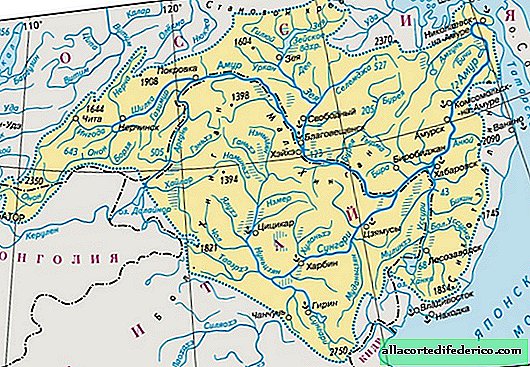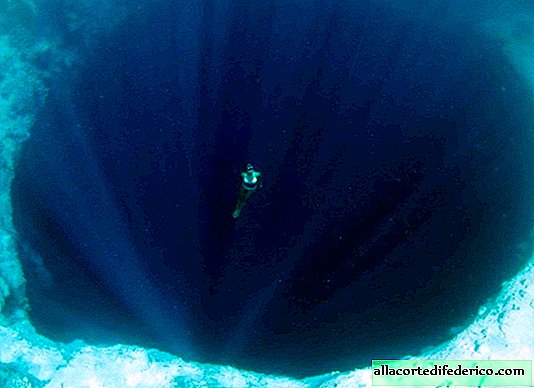One for two: through the fault of China, the Amur River has turned into an environmental disaster zone
In the upper and lower reaches, the Amur River, flowing in the Far East of Russia, serves as the state border between our country and China. The border position, as well as the fact that river tributaries are located on the territory of a neighboring state, caused a disastrous ecological state of the largest river in our country.

The Amur River basin lies on the territory of two states: Russia and China. On the other side of the border there is an incomparably larger number of settlements that contribute to the pollution of the river. Wastewater from populated Chinese cities and uncontrolled discharges of industrial enterprises into the tributaries of the Amur River have led to environmental concerns in the river.
China's environmental legislation is at the beginning of its development. The rapidly developing economy and rapid population growth require the creation of more and more industrial enterprises and jobs. Against this background, the struggle for a clean environment goes to the second, if not the third, plan. In this regard, China does not care much about what happens to the Sungari River and the Amur River, especially if it is located downstream of its own cities.

Such large Chinese cities as Harbin, Qiqihar, Jiamusi and others discharge their sewage into the Sungari (the right tributary of the Amur). Along with the multimillion population, these cities have developed industry. Every year in the Amur River, excesses of the content of pollutants, such as nitrates, phenols, oil products, as well as a high level of microbiological pollution are recorded. Often the content of phenols and nitrogen compounds exceeds the maximum permissible concentration by 3-5 times, and sometimes more. It is widely known that in November 2005 a chemical plant in one of the cities of China discharged toxic substances into the Sungari River. A huge stain of nitrobenzene and other pollutants reached Amur and was recorded by Russian experts. Similar but smaller cases occur on the Amur River annually.

Unfortunately, there is currently no way out of this situation. The imperfection of international environmental legislation makes downstream countries hostage to their dishonest neighbors. And similar situations are not uncommon in other regions of the planet.

The material is copyrighted, when copying a link to an article or travelask.ru site is required

















